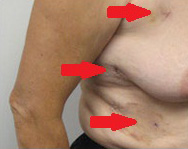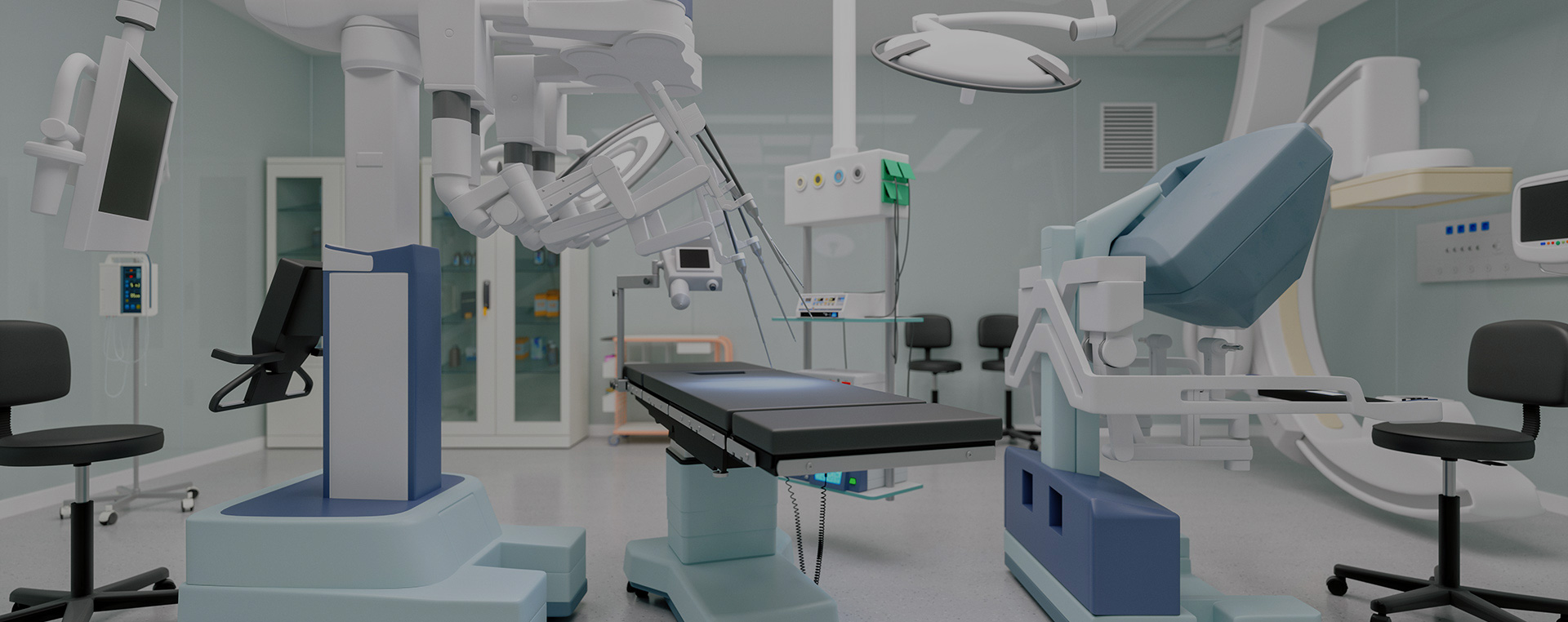Procedure Images


Make an Appointment
Find Out if you qualify for Robotic Surgery. Schedule an assessment.
Methodist West Houston Hospital 18400 Katy Freeway, Suite 480 Medical Office Building 1 Houston, Texas 77094
Phone: 832.260.0500
Fax: 832.260.0488
Robotic Thymectomy

Most patients with myasthenia gravis had never heard of the disease until being diagnosed. Symptoms vary in every patient and treatments do not have uniform results. Cardiothoracic surgeon, Dr. Miguel Gomez, of International Robotic Surgery Center for the Heart and Chest in Houston, Texas, specializes in robotic thymectomy – a minimally invasive procedure to remove the thymus gland that requires only a few small incisions and dramatically reduces recovery time. Results of the procedure have shown to improve symptoms consistently in the vast majority of surgery patients, while as many as thirty percent of those go into remission.
Myasthenia gravis is a chronic, often progressive condition that causes muscle weakness. It is usually diagnosed by a neurologist after a patient has experienced unexpected weakness in the eye region—drooping lids or double vision. Doctors do not understand exactly how or why it occurs. What they do know is that the thymus gland, located in the chest, produces cells called T-cell lymphocytes, which are a vital part of the immune system. These T-cell lymphocytes stimulate the production of antibodies that recognize and fight off foreign invaders called antigens that enter the body. With myasthenia gravis, the antibodies fight off not only the antigens but also the vital systems that make muscles work.
In an unaffected system, muscles contract when the nervous system, using a chemical called acetylcholine, sends a message to the muscle receptor. When acetylcholine binds to the muscle receptor, the muscle contracts normally. In a patient with myasthenia gravis, antibodies block these receptors so the muscles do not get the message; receptors are damaged which causes muscle weakness and fatigue.
Traditional thymectomy surgeries involve highly invasive incisions–for example, transcervical surgery requires an incision through the neck and transsternal surgery requires a long, y-shaped incision between the chest and breastbone.
Robotic thymectomy only requires three small incisions and most patients return home the next day. Removing the thymus gland by robotic thymectomy can result in lessening of symptoms and possible remission in 30 percent of the patients. Patients experience:
- Less pain and scarring
- Less risk of infection
- Less blood loss and fewer transfusions
- Faster recovery
- Quicker return to normal activities
Myasthenia gravis is incurable and outcomes are hard to predict. However, robotic thymectomy is the most successful and least invasive approach to help myasthenia gravis patients get their lives back.
